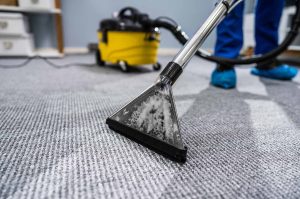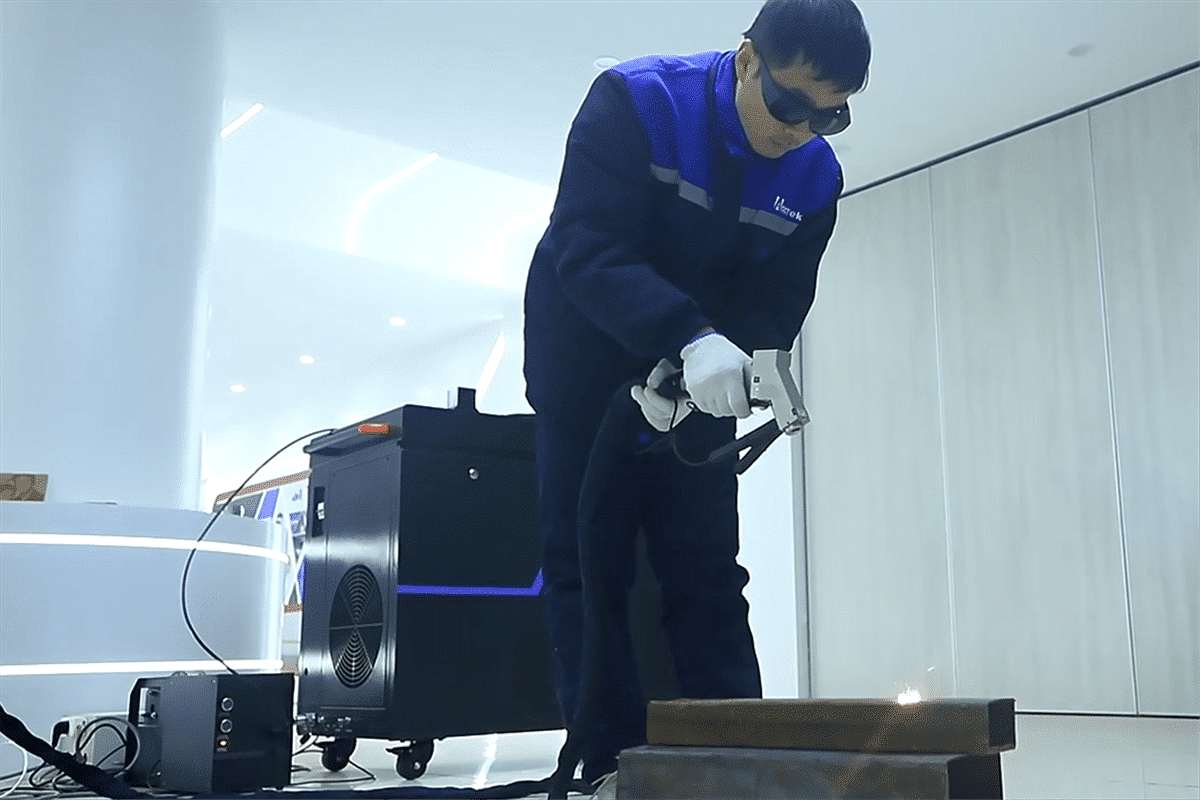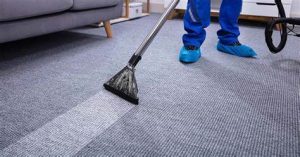
Duct cleaning may be recommended in situations where there is visible mould growth in the ducts, excessive dust and debris buildup, or concerns about indoor air quality. Duct cleaning in Oshawa utilizes specialized equipment such as vacuums, brushes, and blowers to dislodge and remove debris from the ductwork. This process typically includes cleaning not only the ducts themselves but also other components of the HVAC system, such as registers, grilles, coils, and fans.
How do Environmental Factors Influence the Frequency of Duct Cleaning?
The frequency of duct cleaning on HVAC systems can be influenced by several environmental factors. Here are some of the key factors that may impact how often duct cleaning is necessary:
Location:
The location of a building profoundly impacts the necessity for duct cleaning. Structures situated in areas with elevated pollution levels, excessive dust, potent pollen, or other airborne contaminants often demand more frequent maintenance to preserve indoor air quality. Such environmental factors accelerate the accumulation of debris within duct systems, posing risks to occupants’ health and HVAC efficiency. Therefore, in regions prone to these conditions, a proactive approach to duct cleaning becomes imperative to mitigate health hazards and ensure optimal airflow and ventilation.
Climate:
Climate conditions significantly influence the frequency of required duct cleaning. In regions characterized by high humidity levels, the propensity for mould growth within ducts amplifies, mandating more frequent cleaning interventions. Likewise, locales experiencing intense pollen seasons or recurrent wildfires witness heightened accumulation of debris in duct systems, prompting a necessity for increased cleaning frequency. These environmental factors exacerbate the risk of compromised indoor air quality and diminished HVAC efficiency.
Occupancy:
The occupancy level and activities within a building exert a notable influence on the frequency of required duct cleaning. Commercial spaces, offices, and schools bustling with high numbers of occupants tend to accumulate a greater volume of contaminants within their ductwork compared to residential buildings with fewer inhabitants. The constant influx of people, along with their activities, contributes to the buildup of dust, allergens, and other debris in the duct systems. Consequently, in densely populated environments, a proactive approach to duct cleaning becomes imperative to uphold indoor air quality standards and ensure a healthy environment for occupants.
Type of HVAC System:
The type and age of an HVAC system wield significant influence over the frequency of duct cleaning requirements. Older systems or those subjected to inadequate maintenance protocols are inherently more susceptible to accumulating dust, debris, and mould within their ductwork. Consequently, such systems often necessitate more frequent cleaning interventions to mitigate the risks associated with compromised indoor air quality and diminished system efficiency. The aging components and potential deterioration of seals and insulation in older systems exacerbate the likelihood of debris accumulation, underscoring the importance of proactive maintenance measures.
Indoor Air Quality Level:
Indoor air quality concerns are paramount considerations in determining the frequency of necessary duct cleaning. Buildings housing occupants with respiratory issues, allergies, or sensitivities to indoor air pollutants demand heightened attention to duct maintenance to uphold a healthy indoor environment. The presence of such individuals amplifies the importance of mitigating airborne contaminants, as their health and well-being are directly impacted by the quality of the air they breathe. Consequently, in such environments, a proactive approach to duct cleaning becomes imperative to minimize the risk of exacerbating respiratory symptoms and allergic reactions.
Pest Infestations:
Duct cleaning in Oshawa becomes imperative in addressing the challenges posed by pest infestations, as they significantly compromise indoor air quality and necessitate mitigation of associated risks. Buildings afflicted by infestations, whether from rodents or insects, often accumulate debris and contaminants within their ductwork left behind by the pests. This residue compromises not only indoor air quality but also harbours potential allergens and pathogens, posing health hazards to occupants. Consequently, proactive measures, including thorough duct cleaning, are essential to eradicate remnants of pest infestations and restore a healthy indoor environment.
Renovation or Construction:
Renovation or construction activities are pivotal moments that can significantly impact indoor air quality by introducing substantial amounts of dust, debris, and contaminants into ductwork systems. The disturbance of building materials during such projects often releases particles into the air, which can infiltrate and accumulate within the ducts. Failure to address this buildup promptly can lead to the circulation of these contaminants throughout the building, posing health risks to occupants and compromising indoor air quality. Duct cleaning in Oshawa prioritizes thorough cleaning after renovation or construction projects to eliminate any residual debris and contaminants, thereby guaranteeing a clean and healthy indoor environment.
Navigating Duct Cleaning:
Maintaining clean ductwork is vital for ensuring a healthy indoor environment and optimizing HVAC system performance. Prestige Carpet and Duct Cleaning Services understands the importance of maintaining clean ductwork for a healthy indoor environment and optimal HVAC system performance and offers comprehensive duct cleaning services in Oshawa tailored to address the unique requirements of residential and commercial properties. Regular inspections and adherence to tailored cleaning schedules are essential for mitigating risks associated with airborne contaminants, preserving indoor air quality, and promoting the well-being of building occupants.





